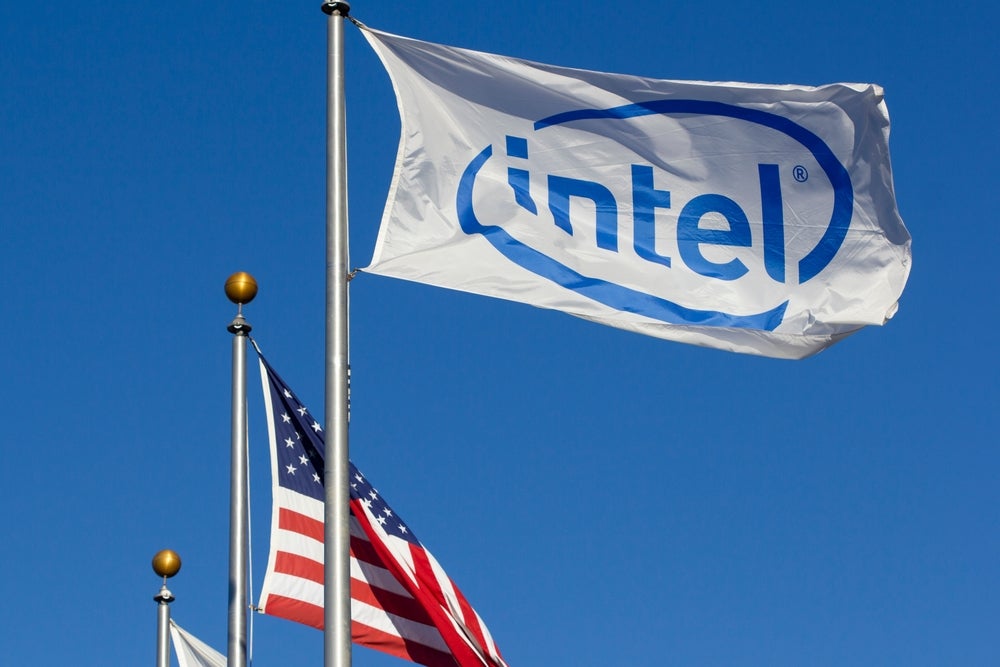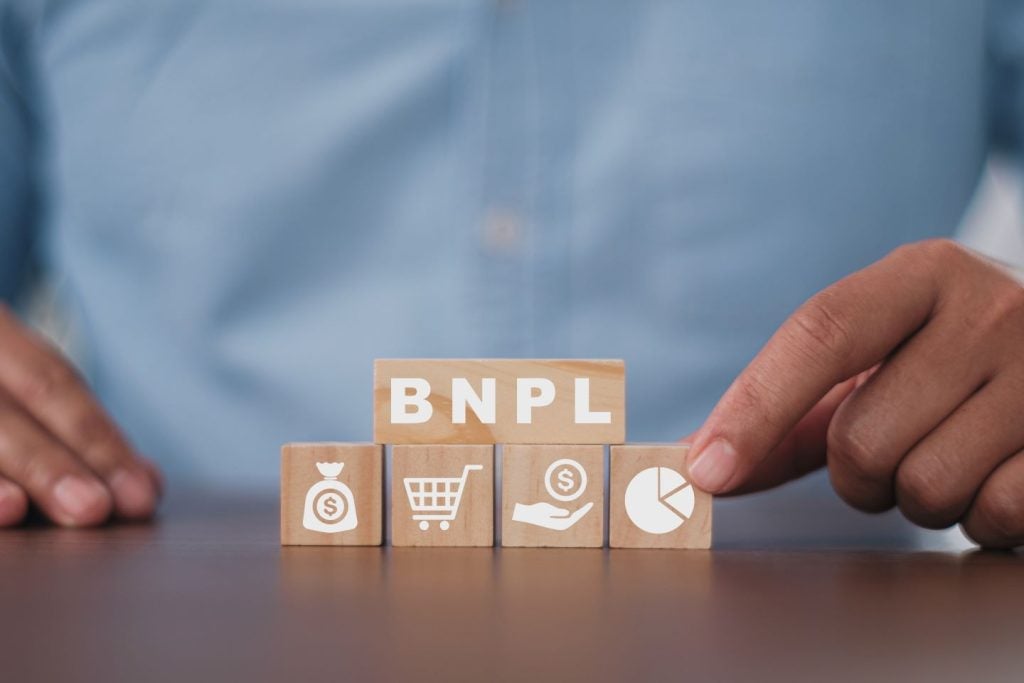Zuora has filed a patent for a centralized data transformation system that allows for the scrubbing of tenant data in a multi-tenant computing environment. The system applies predefined transformation rules to exported data from disparate sources, ensuring referential integrity and compliance with limitations of the target environment. This enables data portability between source and target environments while maintaining data integrity. GlobalData’s report on Zuora gives a 360-degree view of the company including its patenting strategy. Buy the report here.
According to GlobalData’s company profile on Zuora, Social media analytics was a key innovation area identified from patents. Zuora's grant share as of September 2023 was 54%. Grant share is based on the ratio of number of grants to total number of patents.
Centralized data transformation system for scrubbing tenant data
A recently filed patent (Publication Number: US20230281339A1) describes a method and system for scrubbing tenant data in a multi-tenant computing environment. The method involves accessing tenant data that has been exported from a source data environment in a normalized data format. The system then identifies a subset of the tenant data associated with a specific data object type and applies a set of scrubber rules to this subset. Each scrubber rule is designed to apply a predefined transformation to an input value of a data object, resulting in a scrubbed value. The scrubbed tenant data is then imported into a target data environment.
The method also includes the option to apply an additional set of scrubber rules to other subsets of the tenant data, each associated with a different data object type. This allows for the scrubbing of multiple types of data objects within the multi-tenant computing environment.
The patent further describes the conversion of the tenant data from a native data format associated with the source data environment to the normalized data format before exporting it to a data repository. Similarly, the scrubbed tenant data can be converted from the normalized data format to a native data format associated with the target data environment before importing it.
The system described in the patent maintains an existing copy of the tenant data in the target data environment, with the scrubbed tenant data serving as an additional copy. The scrubber rules include a predefined transformation that involves rewriting an object identifier in the tenant data, ensuring referential integrity of the scrubbed tenant data after it is imported as the second copy.
Each scrubber rule in the set includes a file path for the object field to be scrubbed, an identifier of a scrubber, and a scrubber parameter representing the input value to be transformed. Additionally, some scrubber rules may include a filter, allowing for conditional application to specific sets of data objects within the subset of tenant data.
The system for scrubbing tenant data is a centralized data transformation system located remotely from both the source and target data environments.
Overall, this patent presents a method and system for efficiently scrubbing tenant data in a multi-tenant computing environment, ensuring data privacy and security while maintaining referential integrity.
To know more about GlobalData’s detailed insights on Zuora, buy the report here.
Data Insights
From

The gold standard of business intelligence.
Blending expert knowledge with cutting-edge technology, GlobalData’s unrivalled proprietary data will enable you to decode what’s happening in your market. You can make better informed decisions and gain a future-proof advantage over your competitors.







